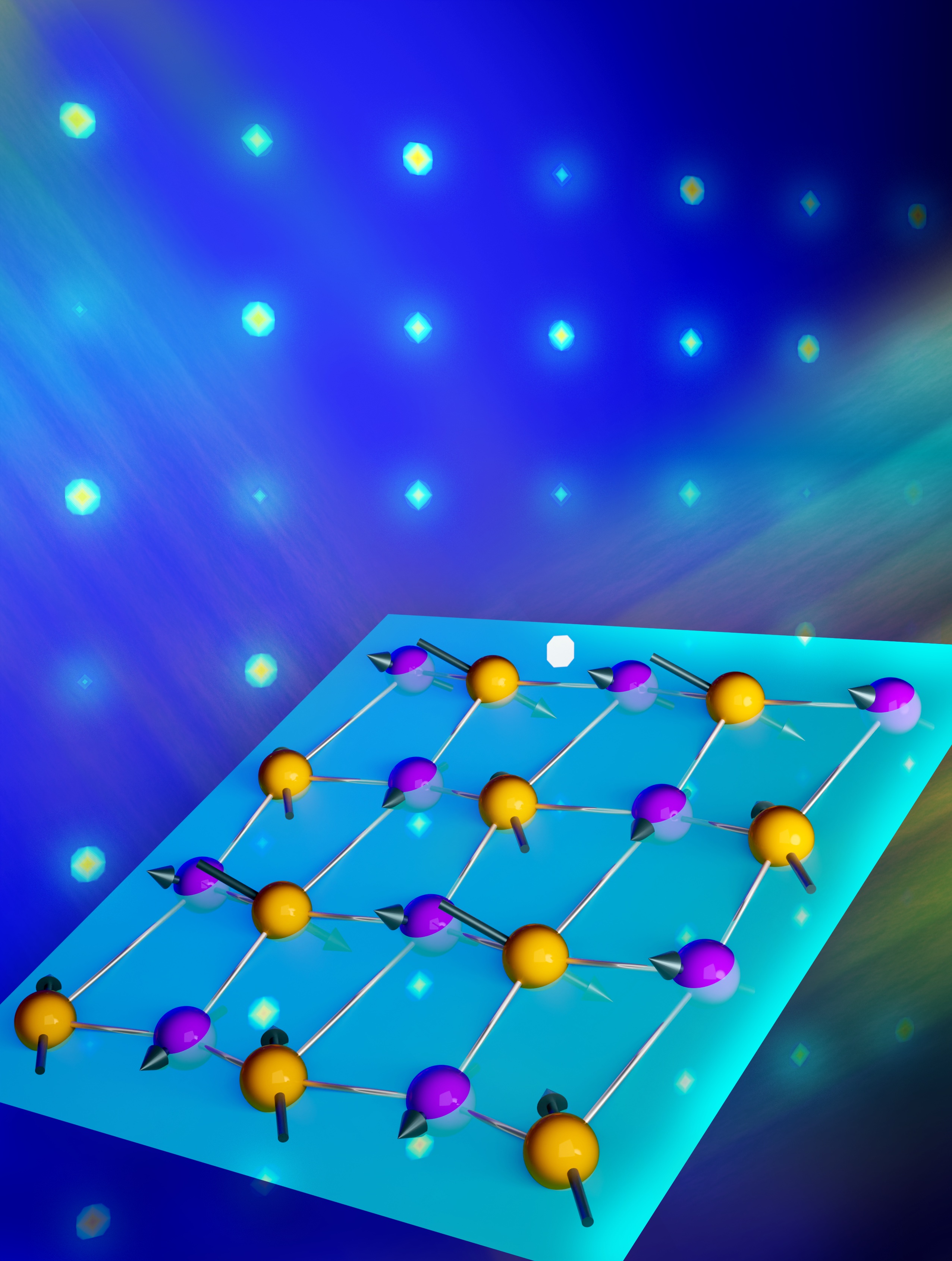What If Metals Could Conduct Light?
In the unusual world of quantum materials, metals can guide light in their interiors instead of merely reflecting it.

The Science
Quantum physics is challenging basic concepts about how materials behave. One of these concepts is that, unlike transparent glass or plastic, metals cannot conduct light in their interiors. This is why metals look shiny—they reflect the visible light that strikes them. Specifically, most metals reflect visible light because their plasma frequency is in the ultra-violet range. Now scientists have discovered that in the quantum metal ZrSiSe, electrons show exotic behaviors because their quantum mechanical nature manifests more readily than in common metals. With these exotic behaviors, electrons can give rise to what scientists call plasmons. These are collective oscillations in a material that are strong and long lived. Plasmons can combine with the photons of light, forming new modes called polaritons. Polaritons can propagate inside the material bringing the photons along zig-zag paths that indicate how plasmon polaritons are guided inside ZrSiSe.
The Impact
Because ZrSiSe consists of stacks of two-dimensional atomic layers that are weakly bound to each other, the material can be very thin. This makes ZrSiSe easy to integrate into new ultra-small optical devices. Moreover, due to their enhanced interaction with matter, polaritons can overcome some of the limits to resolution that occur when using visible light. This could enable microscopes that resolve details on the nanometer scale, smaller than the width of DNA.
Summary
ZrSiSe is a material in which electrons behave similarly to those in graphene. In ZrSiSe, like in graphene, low energy electrons behave like relativistic particles with no mass, also known as Dirac fermions. In graphene, the Dirac electrons are present at certain points of the electron energy distribution, also known as band structure. In ZrSiSe these points extend to become lines. These materials are also called nodal metals. However, unlike graphene, ZrSiSe is a 3D semimetal made of stacked 2D layers. For this reason, the physical properties within the basal plane are different from those across the layers in the vertical direction. This anisotropy is crucial because at certain frequencies, the dielectric function that governs propagation of light has opposite signs. This regime is called hyperbolic and yields special polaritons called hyperbolic polaritons, which are responsible for exotic optical properties like ray-like waveguiding.
The Dirac nodal character of ZrSiSe is also crucial because it enhances propagation and lifetime of plasmons. Plasmons can then readily interact with the infrared light, forming the propagating hyperbolic polaritons and the waveguiding phenomenon.
Contact
Dmitri BasovColumbia University
db3056@columbia.edu
Funding
This work was mainly supported by the Department of Energy Office of Science, Basic Energy Sciences program. Additional support was provided by a Vannevar Bush Faculty Fellowship, an Energy Frontier Research Center, the National Science Foundation, the European Research Council, the Deutsche Forschungsgemeinschaft, the Max Planck-New York City Center for Nonequilibrium Quantum Phenomena, and the Flatiron Institute division of the Simons FoundationPublications
Shao, Y., et al. Infrared plasmons propagate through a hyperbolic nodal metal. Science Advances 8, 43 (2022) [DOI: 10.1126/sciadv.add6169]
Related Links
Columbia Physicists See Light Waves Moving Through a Metal, Columbia University Quantum Initiative news release.
Highlight Categories
Performer: University
Additional: International Collaboration



